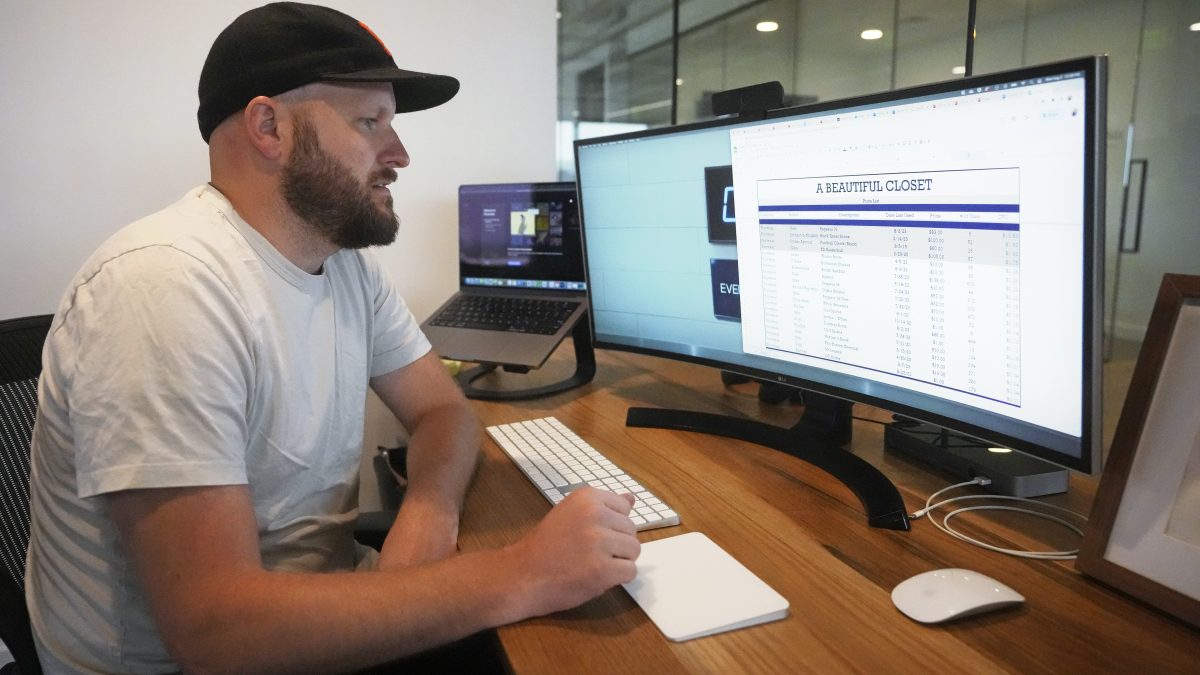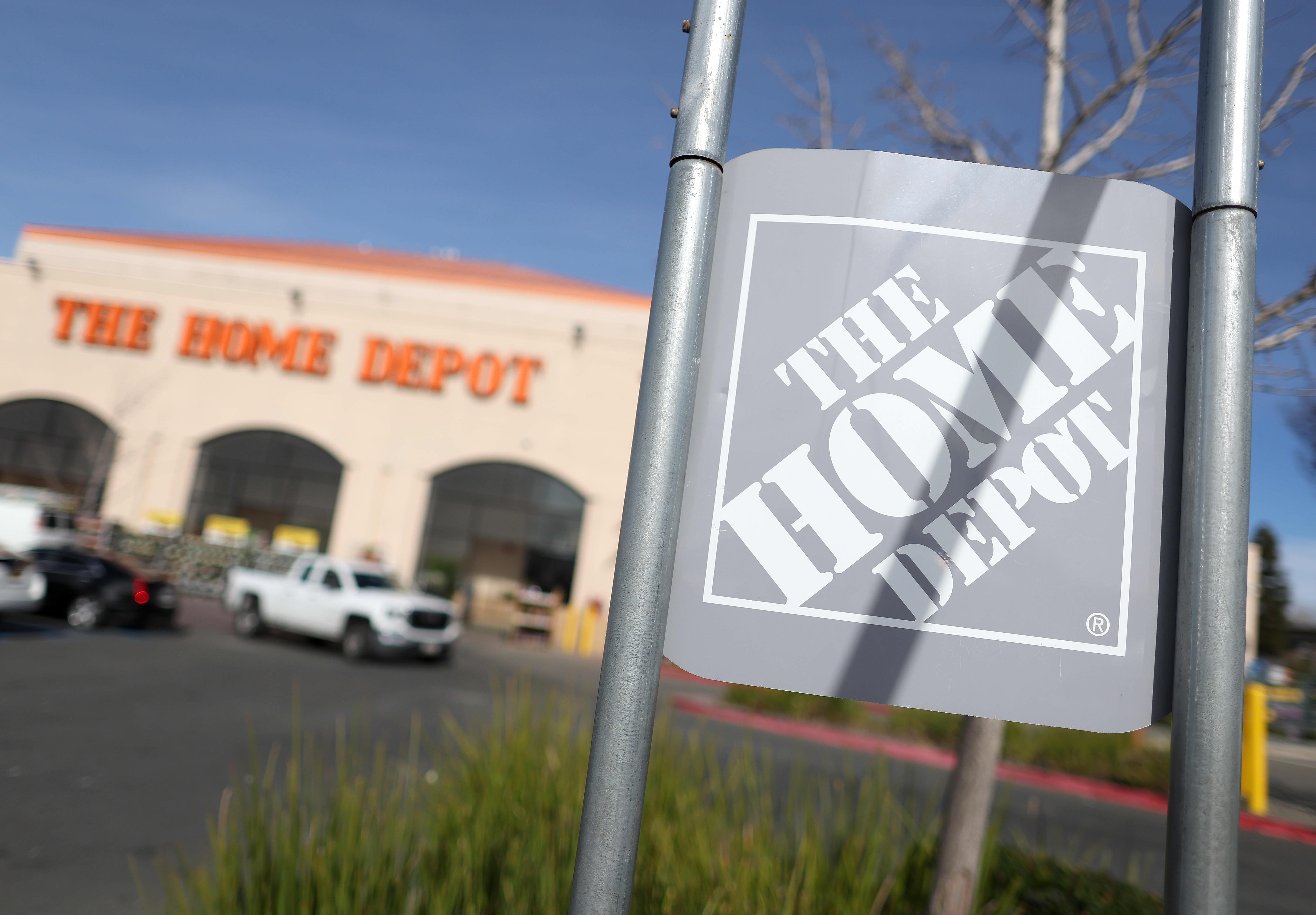The back-to-school shopping rush is officially underway. But families on a mission to buy classroom essentials need to know the risk of unknowingly buying fake supplies online.
The biggest problem is that they do not meet U.S. safety standards. That’s why the U.S. Chamber of Commerce wants parents to shop smart this back-to-school season.
U.S. Customs and Border Protection intercepted 17,000 counterfeit items worth $2.4 billion last year alone. Those fakes included popular back-to-school items like electronics, footwear, study supplies, and clothing. Opting for a knock-off product might seem like a budget-friendly choice, but these products are often low quality and they break down, ultimately doubling the cost for consumers. And if they don’t meet safety standards, that can be dangerous.
“Electronic chargers, for instance, fake chargers can carry an explosion or fire risk,” says Patrick Kilbride, senior vice president of the Global Innovation Policy Center at the U.S. Chamber of Commerce, “Chemicals in clothing and markers and, you know, a host of other wearables and other things that especially young children might put in their mouth if it's not the product that you expect. And there's a real danger from that.”
Get New England news, weather forecasts and entertainment stories to your inbox. Sign up for NECN newsletters.
Supply chains these days are global. The Chamber of Commerce doesn’t want families to assume that because you’re purchasing an item in a store, there's not a risk of buying a counterfeit item.
The agency has five tips to keep in mind:
- Trust your instincts—if a deal or product seems too good to be true, it probably is.
- Prioritize secure payments—when shopping online only buy from secure sites that begin with an https// address and check for a lock symbol in your browser to confirm the site’s safety.
- Protect your data—by keeping your devices updated with the latest security protections.
- Examine every detail—pay close attention to labels, packaging and contents.
- Say something—if you encounter fake goods, report it to U.S. Customs and Border Protection
The U.S Chamber of Commerce, U.S Customs and Border Protection and Amazon’s Counterfeit Crimes Unit are teaming up to educate consumers on how they can protect themselves from these fake products.



